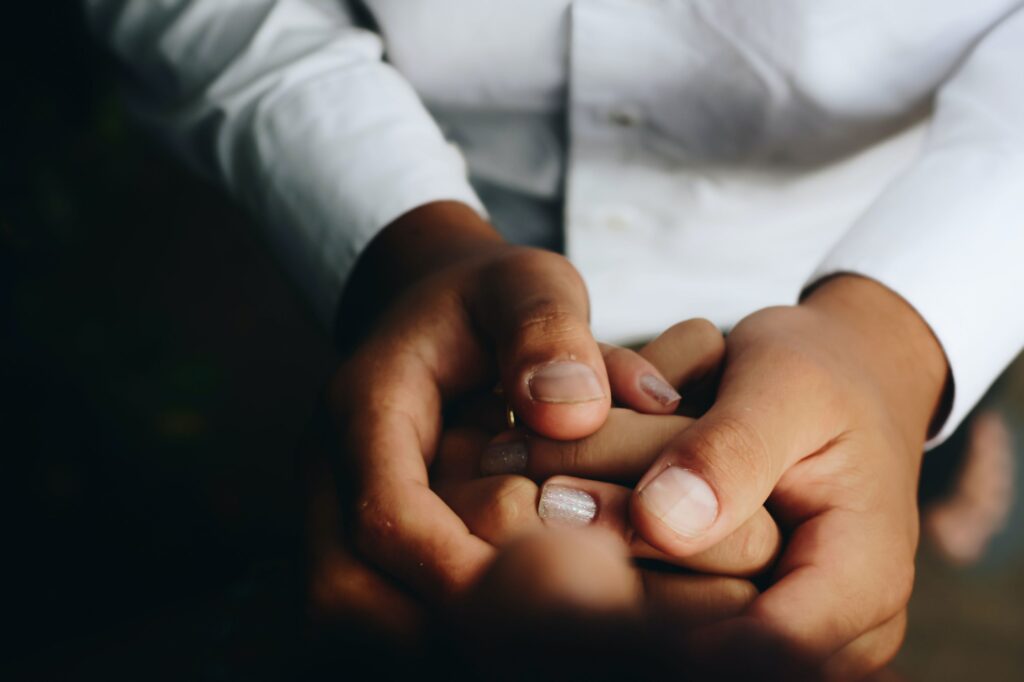Osteopathy
What is osteopathy? It is a first-line medical discipline based on a holistic approach to the individual

Osteopathy is a specialized manual therapy primarily suited to conditions of the musculoskeletal system and peripheral nervous system. The diagnosis and treatment I provide are the result of a rigorous university curriculum. This includes a significant proportion focused on the study of human anatomy, the biomechanics of the musculoskeletal system, and semiological medical knowledge.
The holistic approach, which is a central element of care, requires us not to "fall in love with the painful area", but also to investigate the surrounding structures in search of other suffering tissues as well as the initial lesion site.
To optimize the quality of care offered to patients, the osteopath will work closely with doctors, physiotherapists, and other health professionals. If necessary, they will redirect you to the appropriate specialist for further examinations or suitable treatment.
I currently see patients in my practice in Etterbeek and central Brussels. All the information obtained during the interview and physical examination will allow me to design a treatment plan tailored to each patient, while taking care of you in your entirety.
Using a range of varied techniques (massages, tissue, muscle, joint or visceral techniques, manipulations...), my practice caters to adults, pregnant women, athletes, children, and seniors.
Osteopathy has a curative function, but it can also be recommended preventively if the patient believes that their quality of life will be improved.
Furthermore, osteopathy can help alleviate a variety of conditions, including back pain, neck pain, headaches, joint and muscle pain, and much more. It can also help improve circulation, digestion, and can even help reduce stress and anxiety.
It's important to note that each osteopathy session is unique and tailored to the specific needs of each patient. That's why it's essential to communicate openly with your osteopath about your symptoms and concerns. Together, we can work to improve your health and wellbeing.

Frequently Asked Questions
The session begins with a questioning, during which I gather information about you and the history of your complaint.
Then, orthopedic and osteopathic clinical examinations will allow me to highlight the structures in distress.
Finally, if your pain corresponds to osteopathic care, a treatment will be proposed and you will receive advice to also take part in improving your body health.
The fees are 60€ on weekdays / 70€ on weekends and public holidays.
Yes. However, this reimbursement rate varies depending on the Belgian mutual insurance company to which you are affiliated.
After an osteopathy session, it is possible to feel fatigue, diffuse pain, and stiffness during the 48-72 hours following the consultation. These sensations are related to the tissue relaxation generated and your body's self-regulation capacity.
Some patients feel immediate relief after the appointment and have no side effects. This simply means that their body more easily integrates the treatment and adapts more quickly.
Osteopathy is a manual health practice that focuses on diagnosing and treating mobility dysfunctions of the body’s tissues.
It is based on the idea that the body has the ability to self-heal and that the structure and function of the body are interdependent. Osteopaths use manipulation techniques to restore balance and promote the overall health of the patient.
Osteopathy and chiropractic are two forms of manual therapy that treat musculoskeletal disorders but differ in their approach.
Osteopathy considers the body as a whole and uses a variety of techniques to restore balance, while chiropractic mainly focuses on the spine and the nervous system, using specific adjustments to treat vertebral subluxations.
The training to become an osteopath or a chiropractor is also distinct, reflecting their unique practices and philosophies.